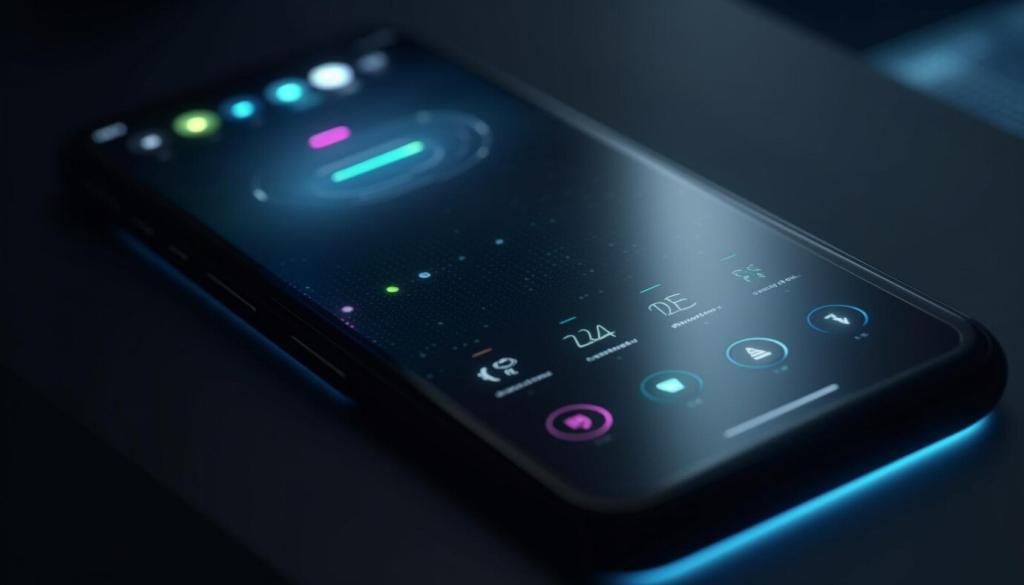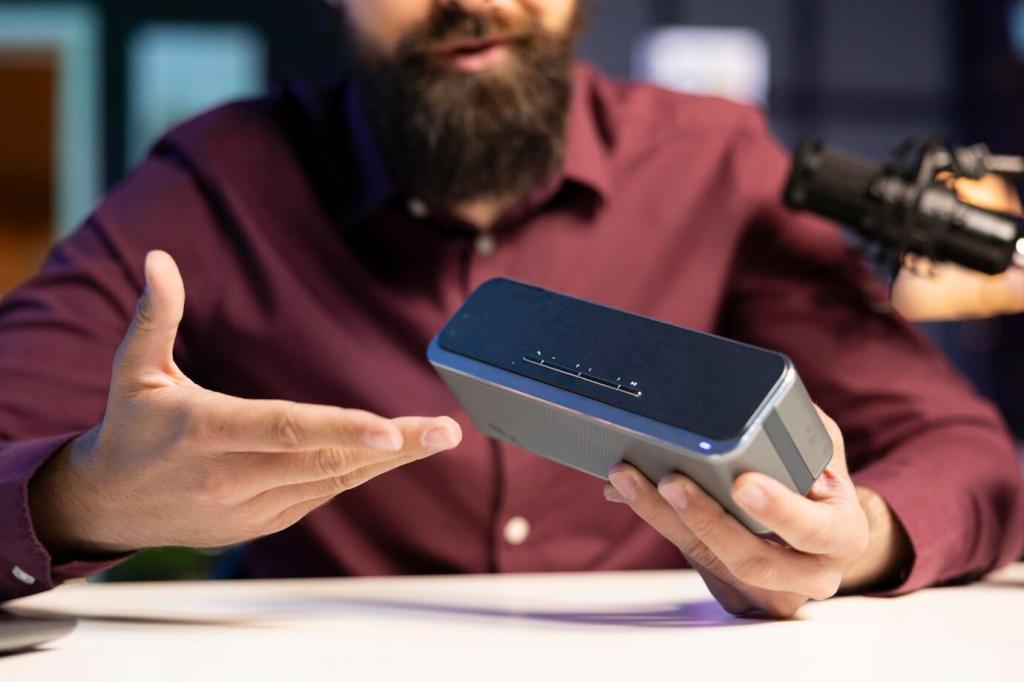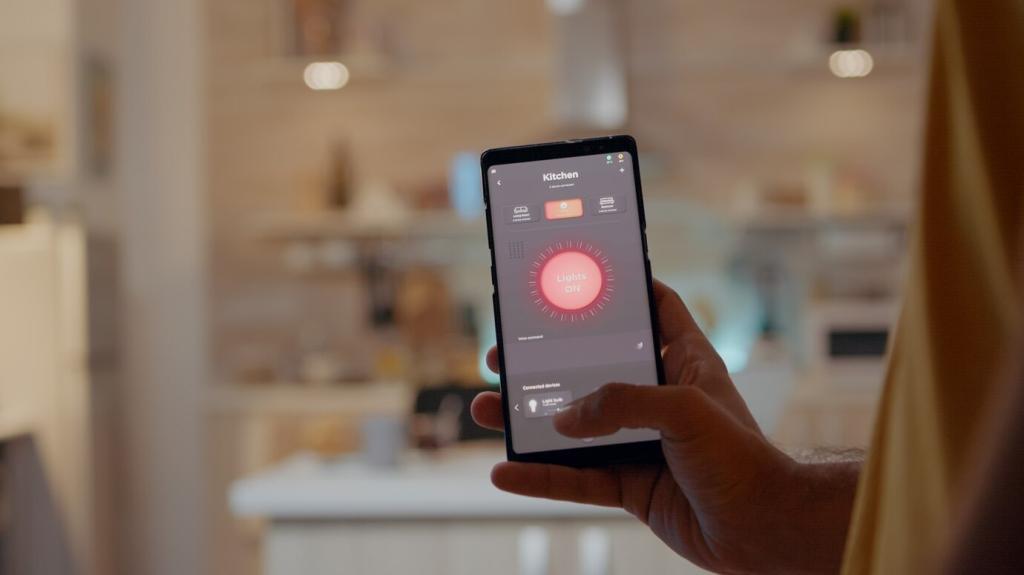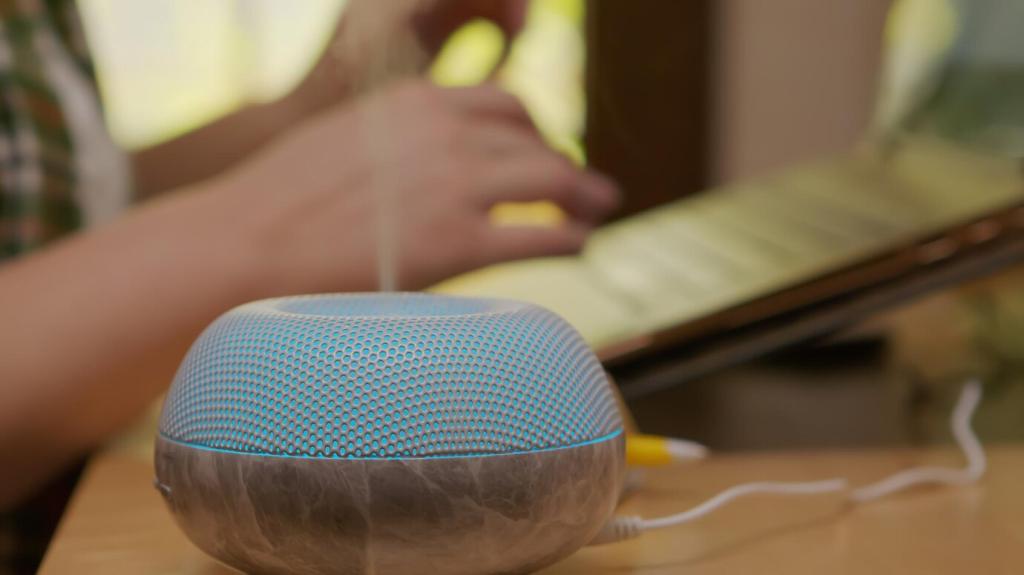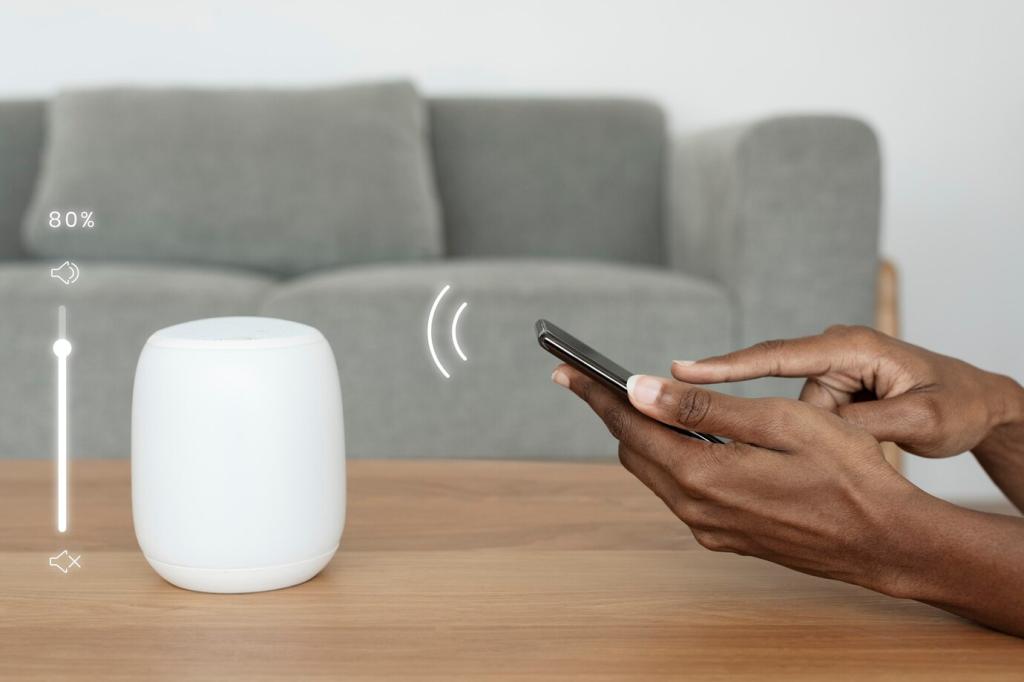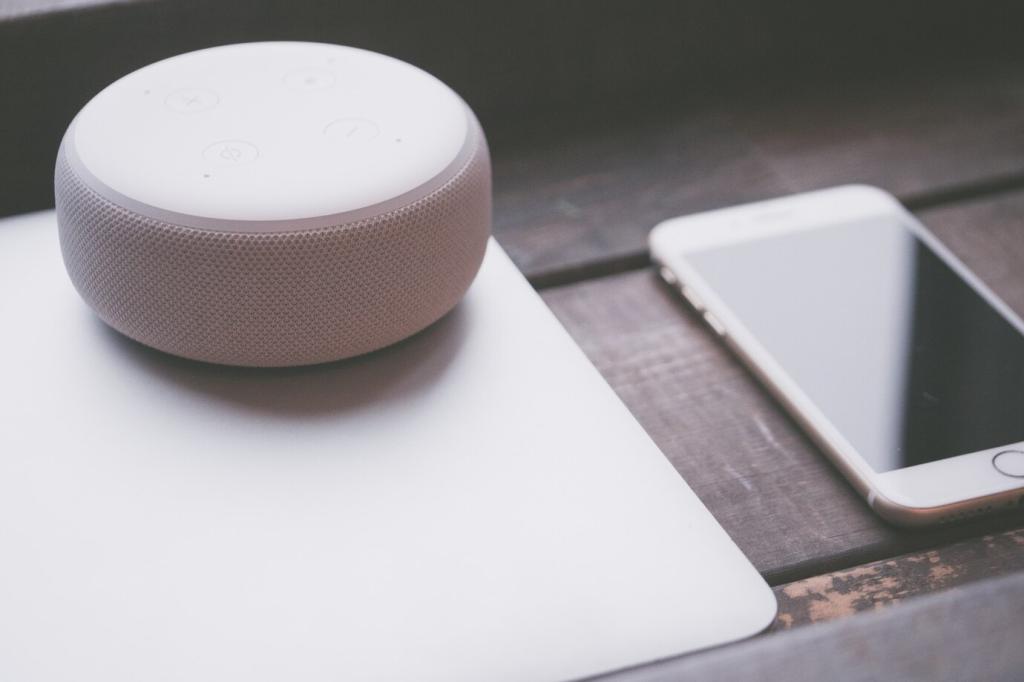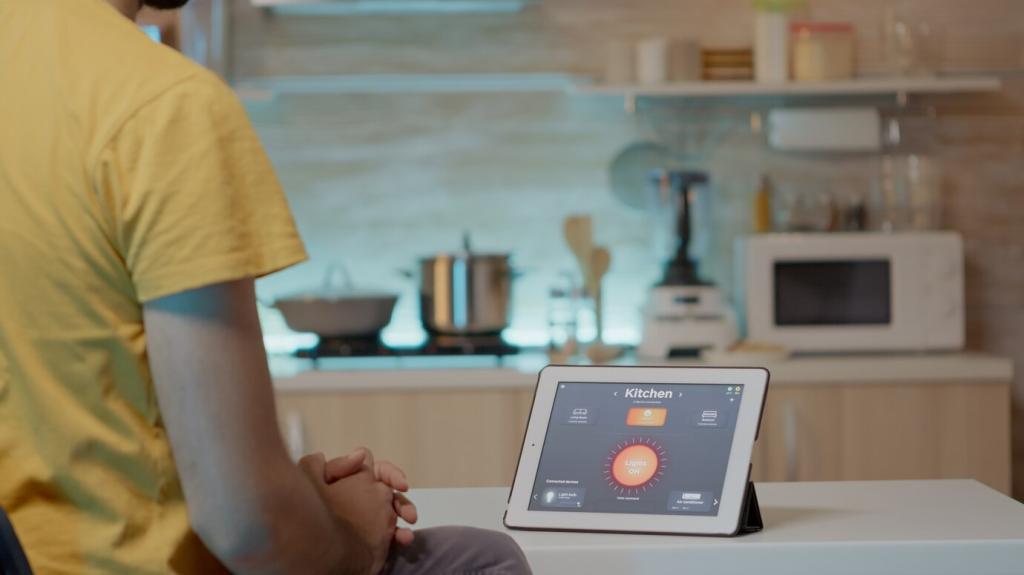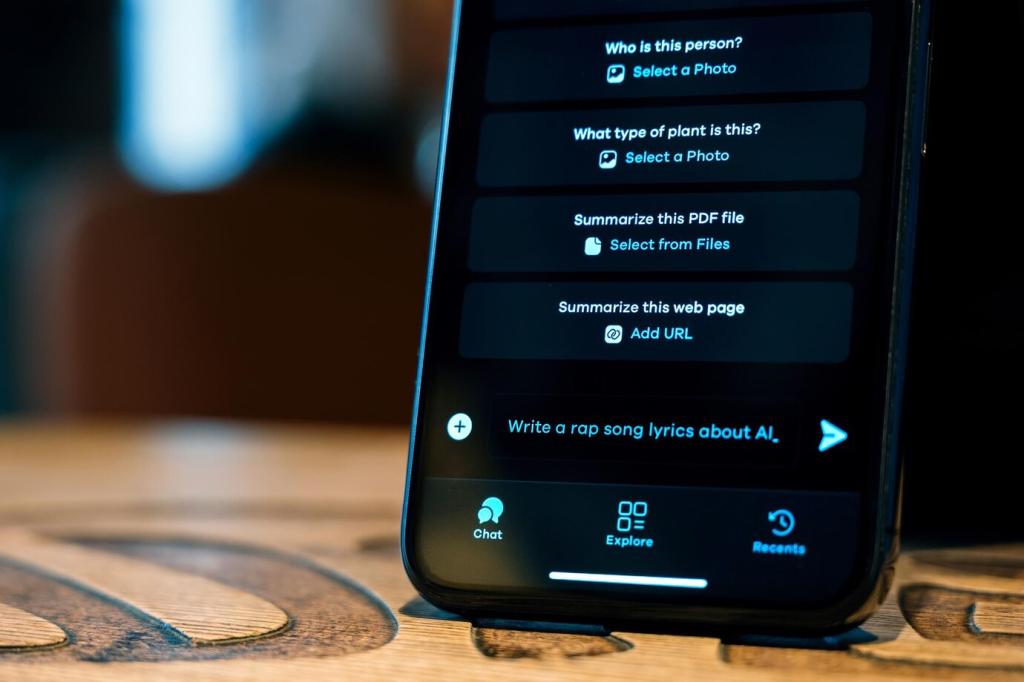Build Routines That Feel Like Magic
Create a Good Morning routine that turns on lights, reads the weather, and starts coffee. A Good Night routine can lock doors, dim lights, and lower thermostats. Customize timing, volume, and announcements so the vibe matches your household’s unique rhythm perfectly each day.
Build Routines That Feel Like Magic
Use presence signals like phone location or compatible sensors to run automations automatically. For example, when you leave, turn off lights and adjust heating. When you arrive, brighten entry lights and start relaxing music without saying a single word to Assistant.

